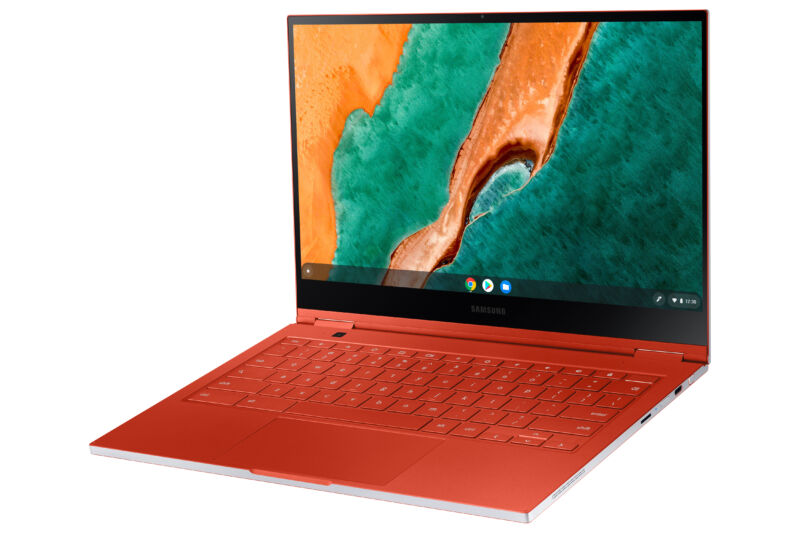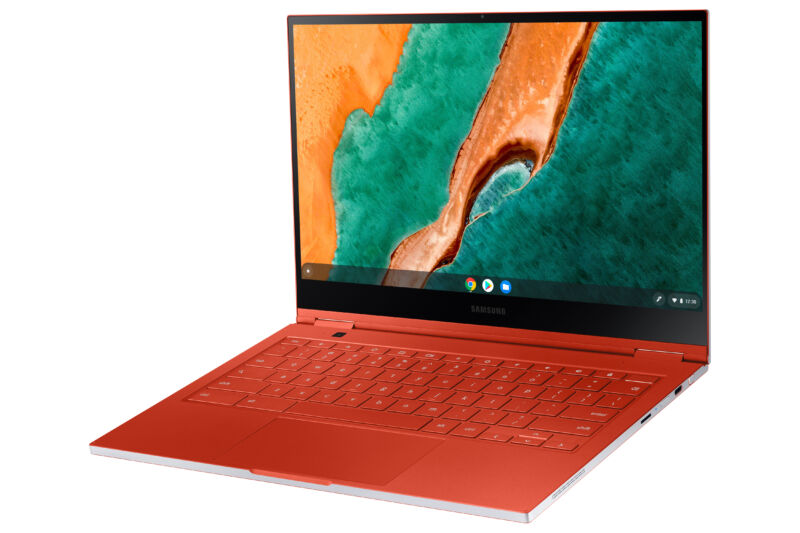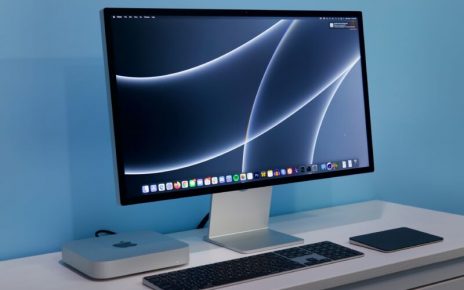
Enlarge / The 2020 Samsung Galaxy Chromebook, which had a 4K OLED display. (credit: Samsung)
The world’s biggest OLED manufacturer is making a push for more OLED laptop screens. A press release from Samsung Display says the company is making “very large quantities of 14-inch, 90Hz OLED displays destined for laptops and notebooks, beginning in March.” Apparently, Samsung has a lot of orders coming in, and the company says that “several global IT companies are expected to release new laptops or notebooks with 90Hz OLED screens this year.”
Usually, faster-refresh-rate displays are the realm of gaming laptops, where you can get anywhere from 90Hz to a blazing-fast 300Hz (that sounds like overkill) but those are all LCDs. Thanks almost entirely to Samsung, OLEDs have completely taken over smartphones, with the company supplying panels to Apple, Google, its own Galaxy line, OnePlus, and pretty much everyone else. On many Android phones, these are 90Hz or 120Hz displays, and now it sounds like Samsung is ready to scale up to laptops.
OLED displays are a grid of organic, light-emitting material (this electrified pickle video is a great explainer) and are usually thinner and less complicated than LCDs. LCDs need a ton of layers—a backlight to light up the display, various layers of polarizers and diffusers, the namesake liquid crystal layer to turn pixels on and off, and a color filter. An LCD’s single source of light for the entire display (sometimes “zones” of light with local dimming) means LCDs can’t match the high contrast of OLED, where every pixel is also its own light source. OLEDs can turn off pixel light sources individually, so “black” can be truly black, with the display producing no light.





